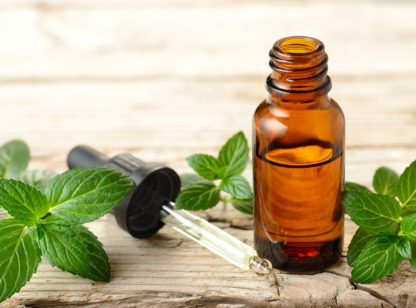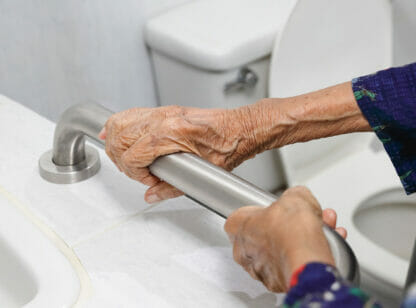The Environmental Protection Agency (EPA) states that the indoor air pollution concentrations in our homes are typically 2-5 times more polluted than outdoor pollution levels.1 The sad part is most common pollutants in your home are from chemicals you bring in from conventional cleaning, laundry and self-care products.
How often do we look at the labels to see what are in these products?
It is important to educate, empower and protect yourself from bringing toxic chemicals into your home. Read labels while shopping for healthier non-toxic options. There are even free phone apps, like Think Dirty, that rate the safety of ingredients on a scale from 1-10 making it easier to find healthy alternatives.
Begin creating your healthy home now by substituting the following chemical-laden products with healthier alternatives:
Conventional household cleaners. Conventional household cleaning products are loaded with harmful volatile organic compounds (VOCs). Switch to USDA-certified organic natural cleaning products. There are natural products that serve multiple purposes and may replace two or three bottles of those chemical cleaners. A few examples are baking soda for scrubbing action; vinegar and hydrogen peroxide for disinfecting. If you prefer a scent, add a few drops of natural essential oils. (See more on p. 11.)
Scented laundry products. Laundry soap, fabric softener and dryer sheets are full of harmful VOCs that your skin will absorb. Dryer sheets and fabric softeners that contain fragrance waft out of your dryer vents outside and pollute the air. Instead, consider using vinegar or natural wool dryer balls; again, if you prefer a scent add a few drops of your favorite essential oils to the dryer balls.
Synthetic air fresheners. These only mask the odors contributing to unhealthy air quality by putting out a host of VOCs; a single fragrance can contain hundreds of toxic chemicals, including formaldehyde. As an alternative, open your windows and let the fresh air in. Air circulation is critical to keeping your indoor air quality at a healthy level.
Conventional personal care products. Our skin is our largest organ and whatever we apply is usually absorbed into our bodies. Traditional products often contain parabens, fluoride, or oxybenzone, chemicals reported to cause serious health concerns including cancers and infertility.
Pet shampoos that contain pyrethrin. This chemical is now being studied for a potential link to autism. USDA-certified organic pet shampoos are healthier and safer alternatives.
Pesticides that contain ammonia, arsenic, benzene, chlorine, and formaldehyde. These can cause many health issues including headaches, coughing, burns and difficulty breathing. A natural alternative is food grade diatomaceous earth; it is effective at killing bugs in your home and safe enough that you can actually eat it. It can be found at any home improvement or health food store.
Plastics that contain phthalates. BPA is a phthalate and proven endocrine system inhibitor. Instead, purchase products in glass bottles or look for BPA-free labels.
You play a vital role in deciding what goes into your home. The healthier your decisions are, the better you will feel. Don’t wait for your health to be negatively impacted. With a little perseverance and systematically eliminating toxic chemicals, you can create a healthy home sanctuary that will benefit your health and wellness.
Paula Schofield is the owner of Healthy Home Sanctuary in Palm Desert. For more information, visit www.PaulaSchofield.com. She can be reached at (760) 610.5000 or at [email protected].
1) https://cfpub.epa.gov/roe/chapter/air/indoorair.cfm










































Comments (0)